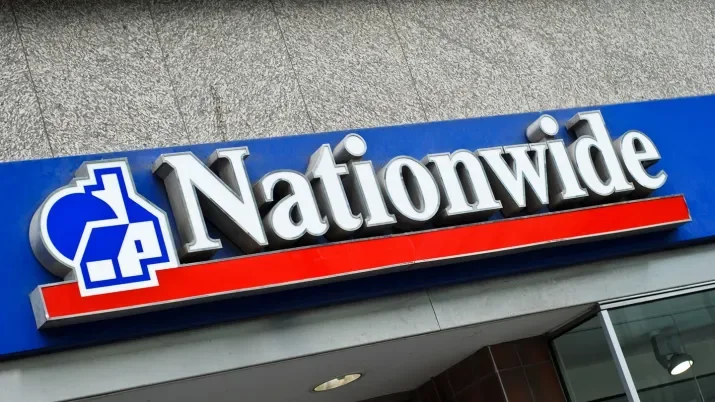Is pricing AT1s to call back in vogue?
The new issue market for banks has been incredibly busy already this year, which isn’t that unusual given they have an earnings blackout period on the horizon; after a very tough 2022 and with markets receptive to new supply, banks are taking advantage.
From senior debt to Tier 2 to Additional Tier 1 (AT1), banks have issued across the capital stack and in multiple currencies, and by-and-large lead managers have been able to tighten from initial price talk, significantly in some cases, as books have been well oversubscribed.
One deal that stood out to us was Banco Sabadell's AT1, which was issued at 9.375% on Wednesday after initially being talked at a coupon of around 10%. This was notable because in October Sabadell became one of the banks that
decided not to call
an AT1 (its SABSM 6.125%) due to adverse market conditions. At the time we highlighted that pricing this bond to perpetuity didn’t make sense to us, since adverse conditions don’t last forever and markets do reopen.
With this new deal giving Sabadell excess AT1 debt outstanding, the old non-called bond is now trading above par again, with investors expecting it to be called in February – its first quarterly call date since the bond was ‘extended’. The fact that the old SABSM 6.125% is likely to only be extended by one quarter should not be ignored by investors. In October, Citigroup estimated that practically all of the AT1 market was trading to a non-call, with the rally in November reducing this to around 60%. With banks continuing to make what might look like uneconomic AT1 calls based on a very narrow view of what the reversionary spread is (e.g. the UBS 5% called despite a revisionary spread of 2.432%), and Sabadell now likely to call its old 6.125% AT1, investors in our view should be rapidly changing their price-to-perpetuity approach. It is also worth remembering that what a bank deems to be economic is not just the coupon on a given day, rather there are far wider implications to consider for leveraged institutions that require constant access to capital markets including market perception from bondholders.
When Sabadell decided not to call the 6.125% deal back in October, AT1 spreads were very close to their widest level for 2022, but with the AT1 index having rallied by around 100bp since then and markets reopening for new issues, the bank has been quick to take advantage, and the old bond has rallied by around 10 points since the non-call.
We have said consistently that banks shouldn’t call bonds when markets are too dislocated, and we saw calls being missed at the height of the COVID-led dislocation as well, but we continue to expect the vast majority of banks to call bonds as soon as markets are receptive. Perpetuity is a long time, which makes pricing to perp a big bet, and a decision that is likely to continue to be poorly rewarded, given how many bonds are trading significantly below par.
For now we think the financial sector offers both borrowers and investors interesting opportunities and we expect the high supply to continue to be met with strong demand.




